What’s a Transitional Cut Diamond — Heritage, Beauty, & Why You’ll Want One
Transitional cut diamonds are the dazzling connection between antique beauty and modern brilliance. These heirlooms flicker with history and stand apart for their rarity and striking charm. Discover exactly what sets them apart—and why they deserve a place in your jewelry collection.
The Origins & Evolution of Transitional Cut Diamonds
During the years between about 1918 and the late 1920s, American diamond cutters embraced change and innovation. In Boston, Henry Morse, shaped by the spirit of the industrial age, guided the rise of the transitional cut diamond. These stones marked a new era: one dedicated to beauty, proportion, and light. Cutters moved beyond concerns of rough yield, seeking brilliance, fire, and harmony. Transitional cuts (sometimes called Early American or Early Modern cuts) grew out of the old European rounds, but with a twist. Here’s what makes them so special:
- A round shape with a large table
- A low crown and a short pavilion
- A small, subtle culet
- Girdles that are generally polished smooth—not faceted
The result is a diamond that mixes modern sparkle with a story you can see in every facet. It’s a true treat for collectors and anyone who loves a little history with their shine.
Why Transitional Cuts Are Rare & Coveted
Transitional cut diamonds are rare little treasures, made during a short, experimental window before modern brilliants took over. They’re unique, a bit quirky by today’s standards, but bursting with character and beauty.Their appeal is their story: each diamond showcases craftsmanship, blending antique style with early 20th-century sparkle. For those seeking uniqueness and radiance, transitional cuts are ideal.
Identifying a Transitional Cut Diamond
If you’re browsing our collection (or anywhere vintage or antique jewelry is involved), here’s how to spot it:
- Shape & Table: Round with a large table facet.
- Crown & Pavilion: The crown will be lower (less height above the girdle), the pavilion shorter below.
- Culet: Somewhat visible but small.
- Girdle: Smooth, without faceting.
- Symmetry & Sparkle: They often have lovely symmetry (not perfect, but very pleasing) with flashes of brilliance that are a little different than what you get in modern brilliant cuts.
Transitional vs. Antique vs. Modern Cuts
- Antique or Old European Cuts feature rounder shapes, high crowns, small tables, and noticeably larger culets. They produce a softer, more diffused sparkle than transitional or modern cuts.
- Transitional Cuts combine aspects of both antique and modern styles—the crowns are lower than those of antiques, the tables are larger, and the proportions are more standardized than before. However, they still lack the strict precision seen in later modern brilliants.
- Modern brilliant cuts, like the ideal brilliant, use precise proportions to enhance light. They have smaller culets, uniform symmetry, and maximize sparkle more than transitional or antique cuts.
Why You’ll Love a Transitional Cut
A transitional cut lets you own a piece of diamond history—an unmistakable gem known for individuality and brilliance.
- Mix beautifully with antique settings, heirloom mounts, or custom modern rings.
- Every facet reveals a dialogue between past and present, uniting history with modern allure.
- Offer value, sometimes. Rare styles like these are collectible.
Favorite Transitional Cuts in Our Collection
-
.52ct Transitional Cut Diamond Solitaire
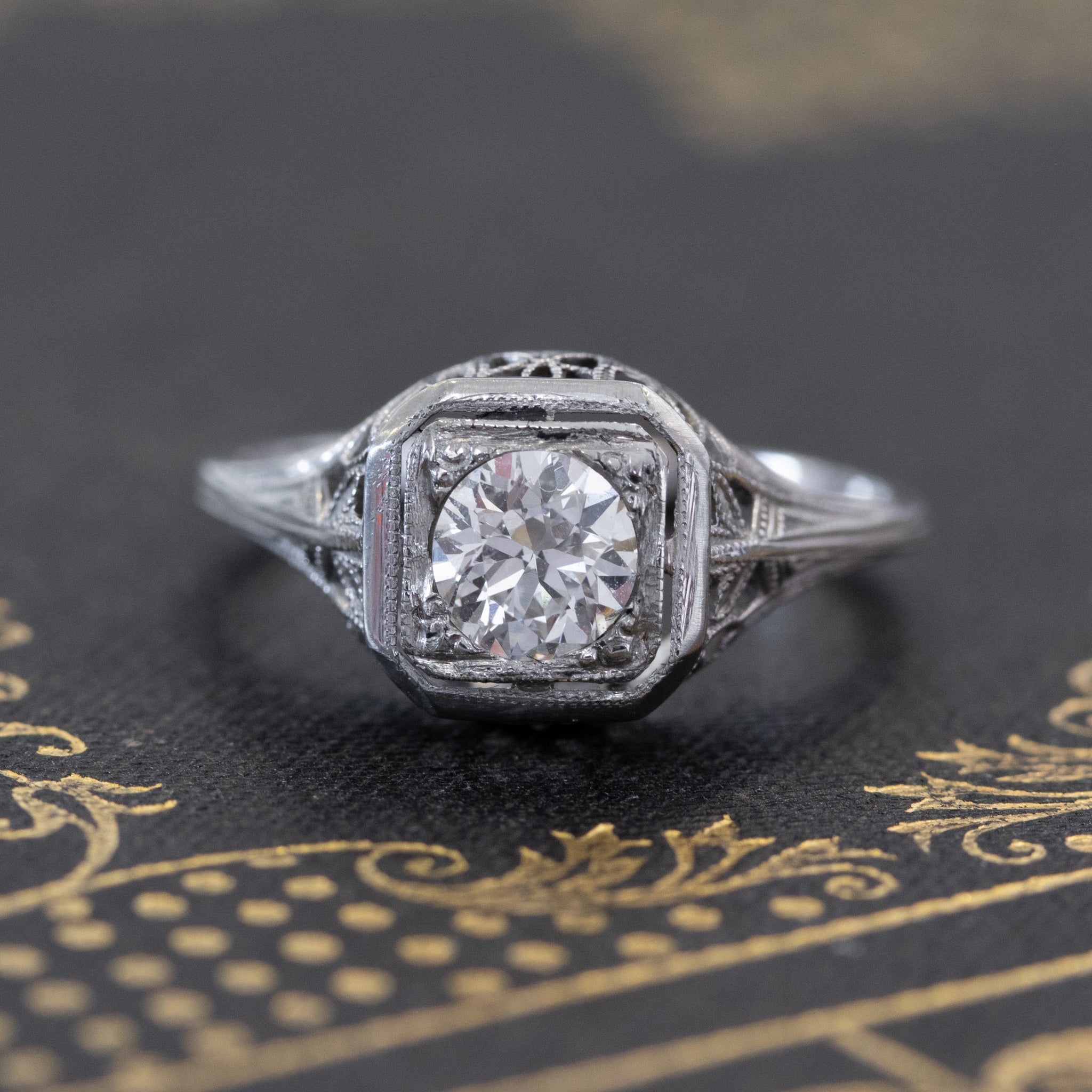
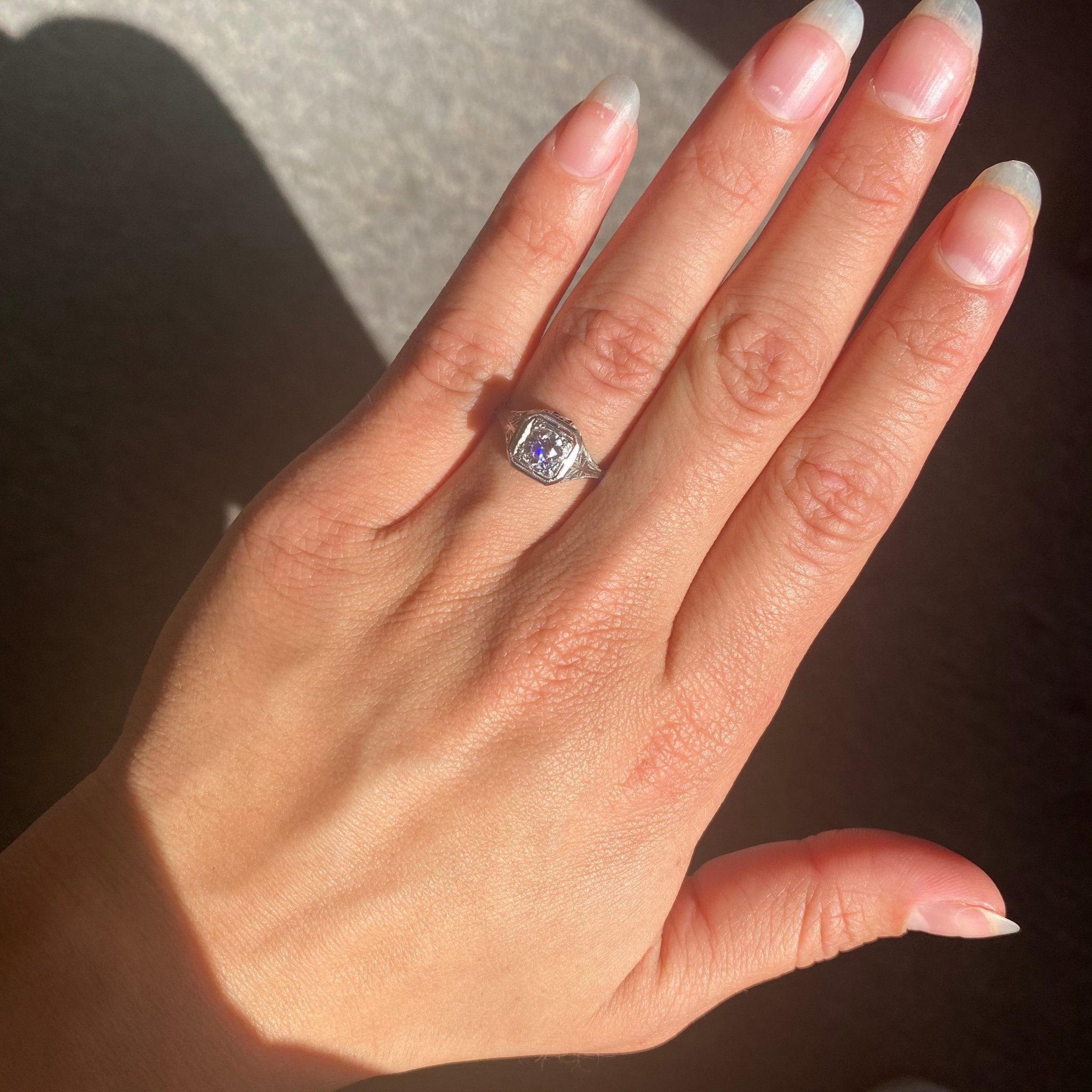
.52ct Transitional Cut Diamond Solitaire
- Regular price
- $1,781.00 USD
- Sale price
- $1,781.00 USD
- Regular price
-
$1,895.00 USD
-
.87ct Transitional Cut Diamond Open Cigar Band
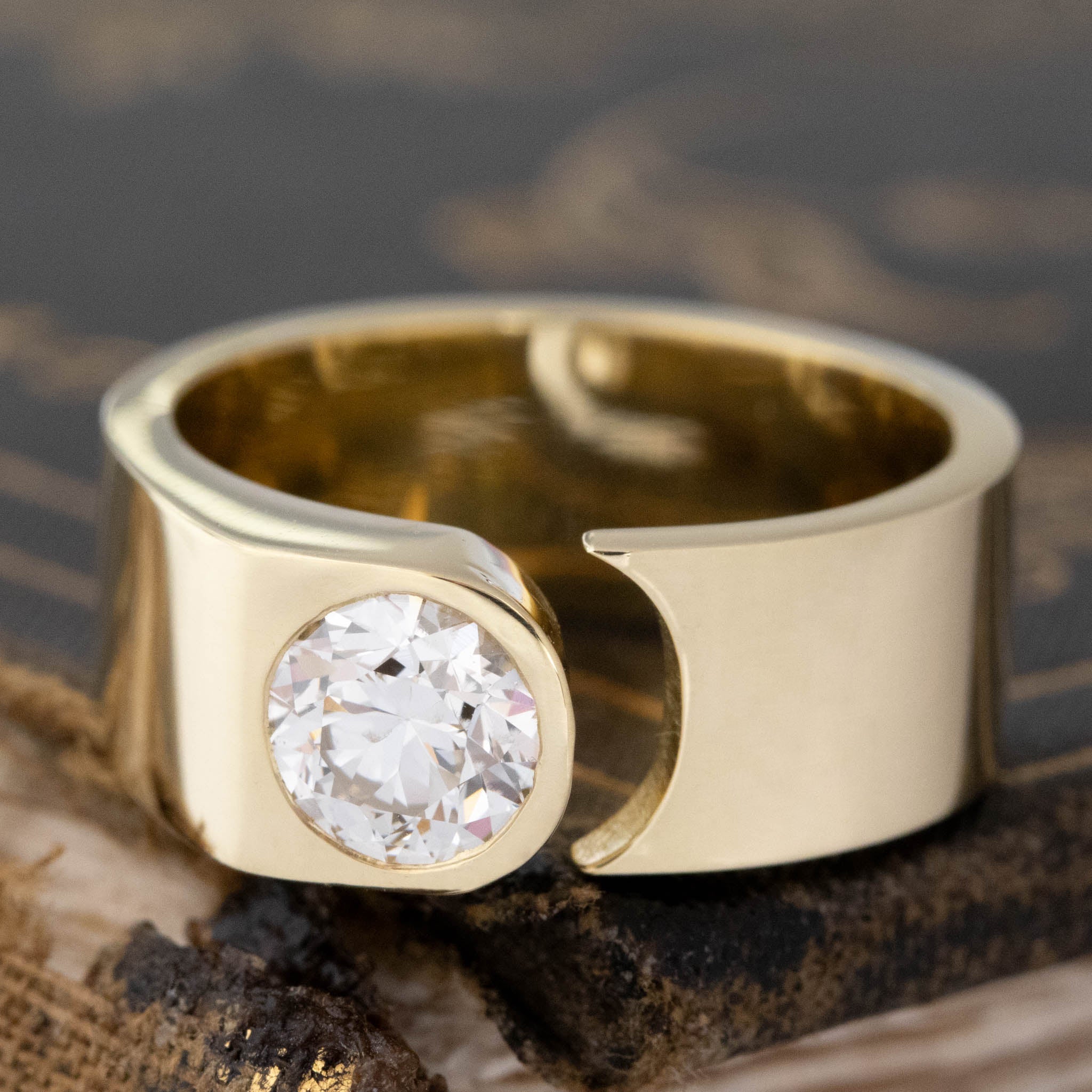
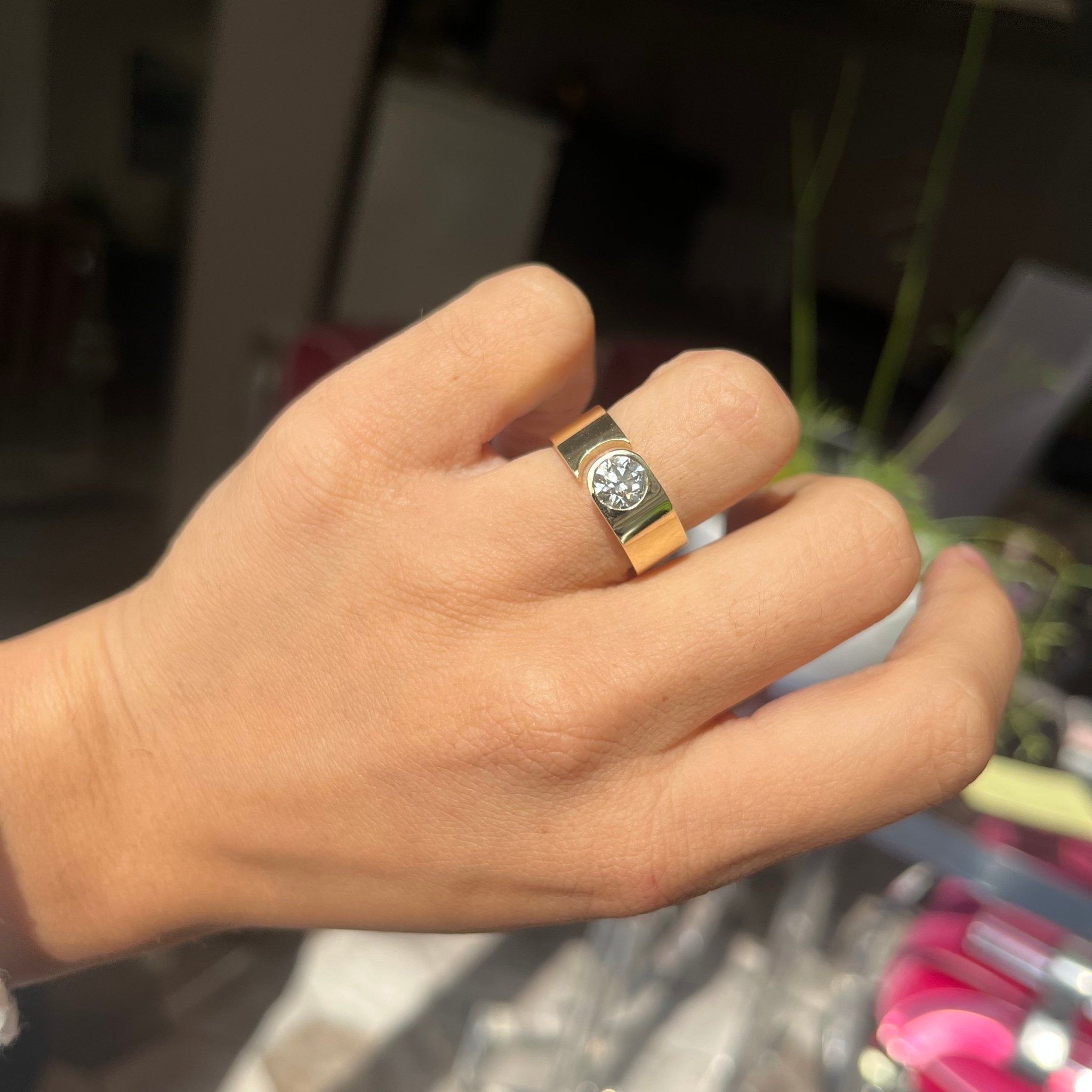
.87ct Transitional Cut Diamond Open Cigar Band
- Regular price
- $6,016.00 USD
- Sale price
- $6,016.00 USD
- Regular price
-
$6,400.00 USD
-
.90ctw Transitional Cut Diamond Ring, GIA H
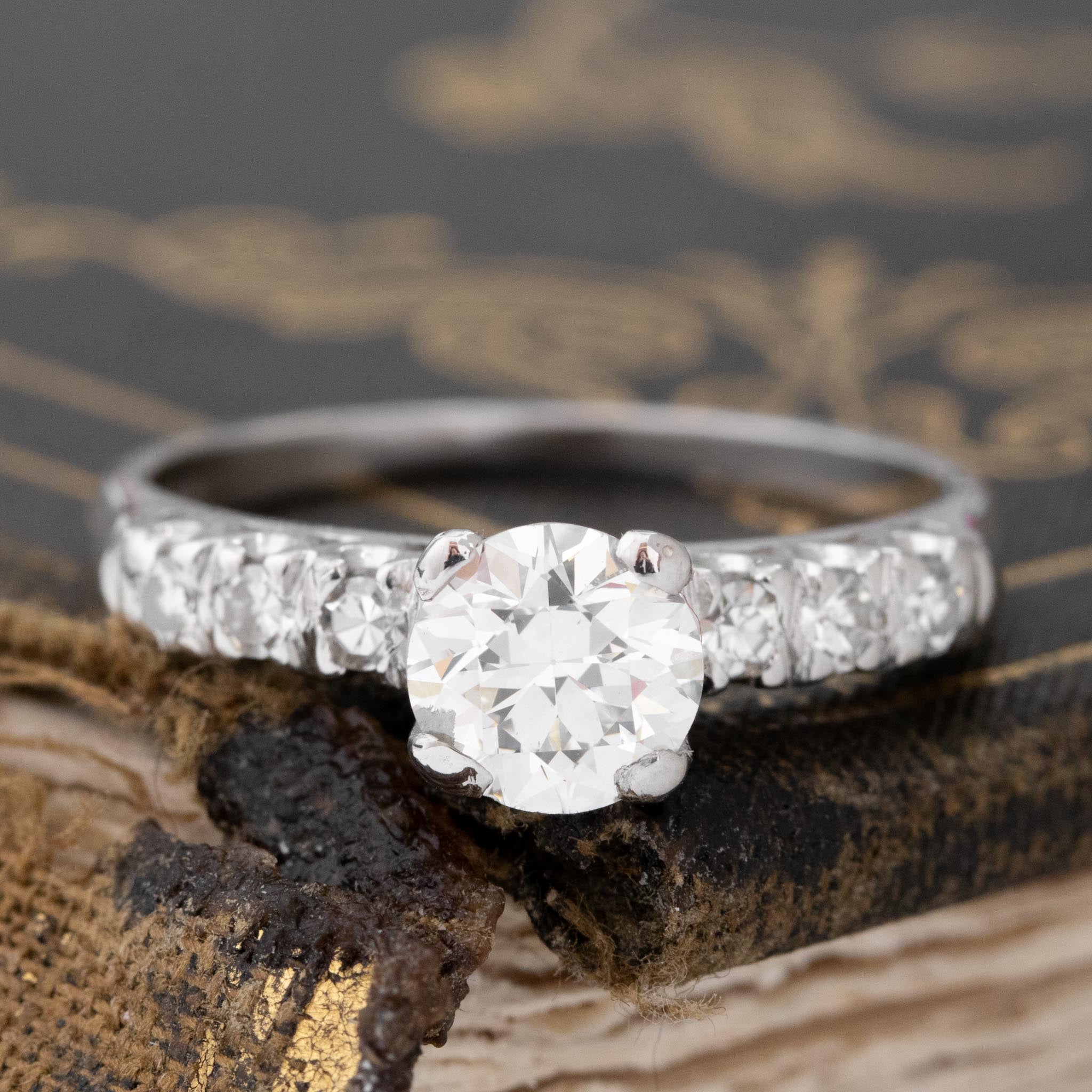
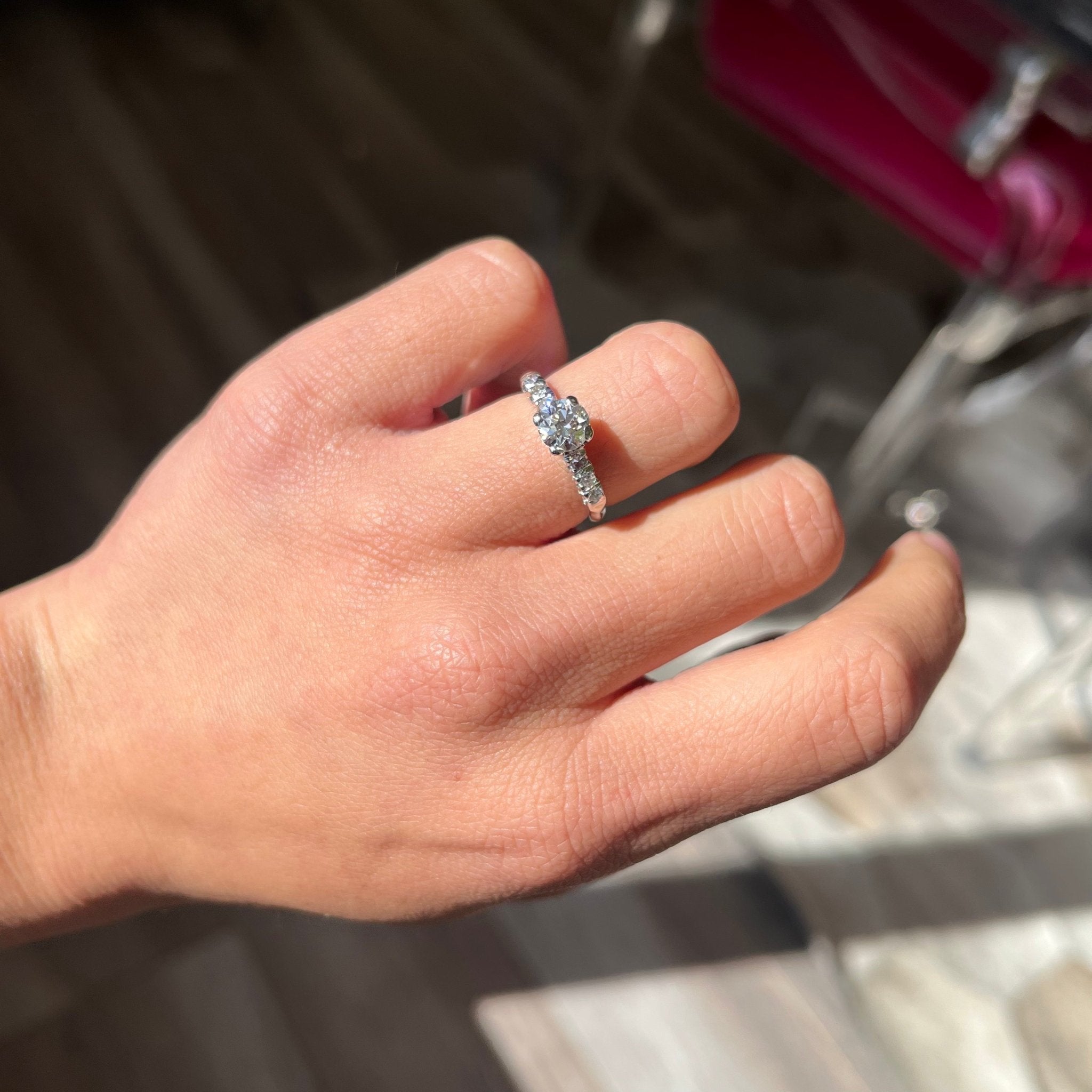
.90ctw Transitional Cut Diamond Ring, GIA H
- Regular price
- $3,572.00 USD
- Sale price
- $3,572.00 USD
- Regular price
-
$3,800.00 USD
-
.94ct Transitional Cut Diamond Solitaire, GIA J VS2
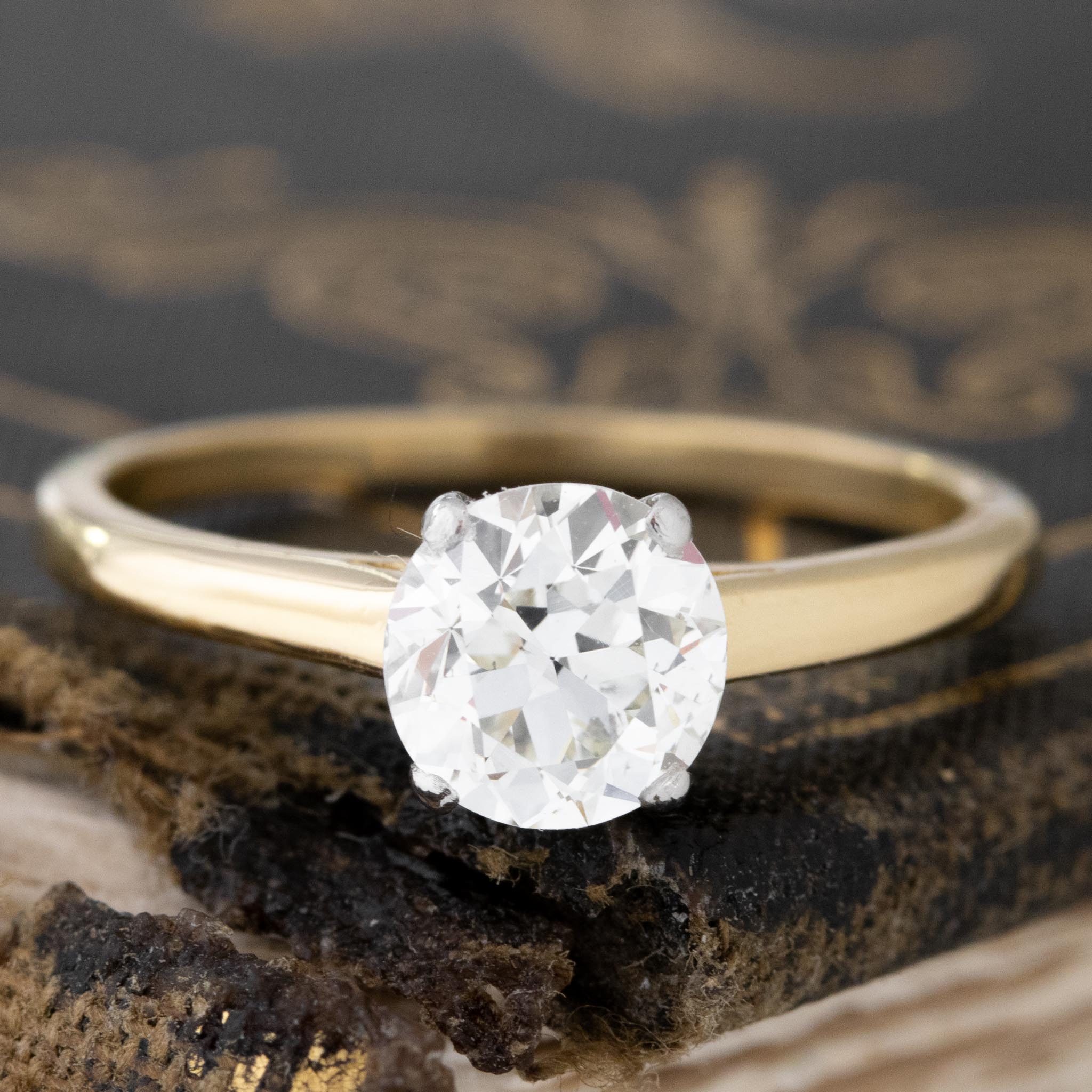
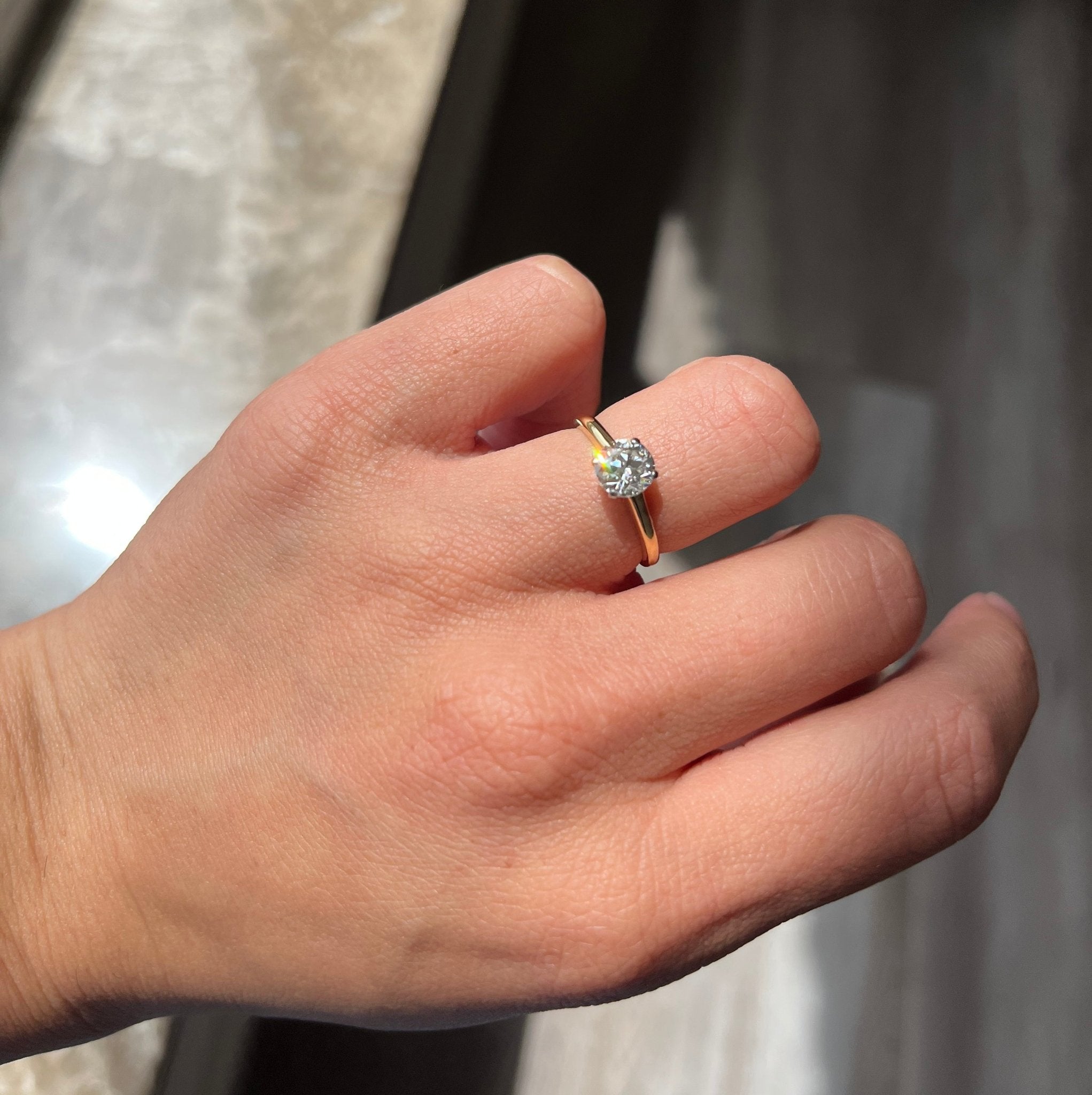
.94ct Transitional Cut Diamond Solitaire, GIA J VS2
- Regular price
- $5,353.00 USD
- Sale price
- $5,353.00 USD
- Regular price
-
$5,695.00 USD
-
1.40ctw Transitional Cut Diamond Halo Ring
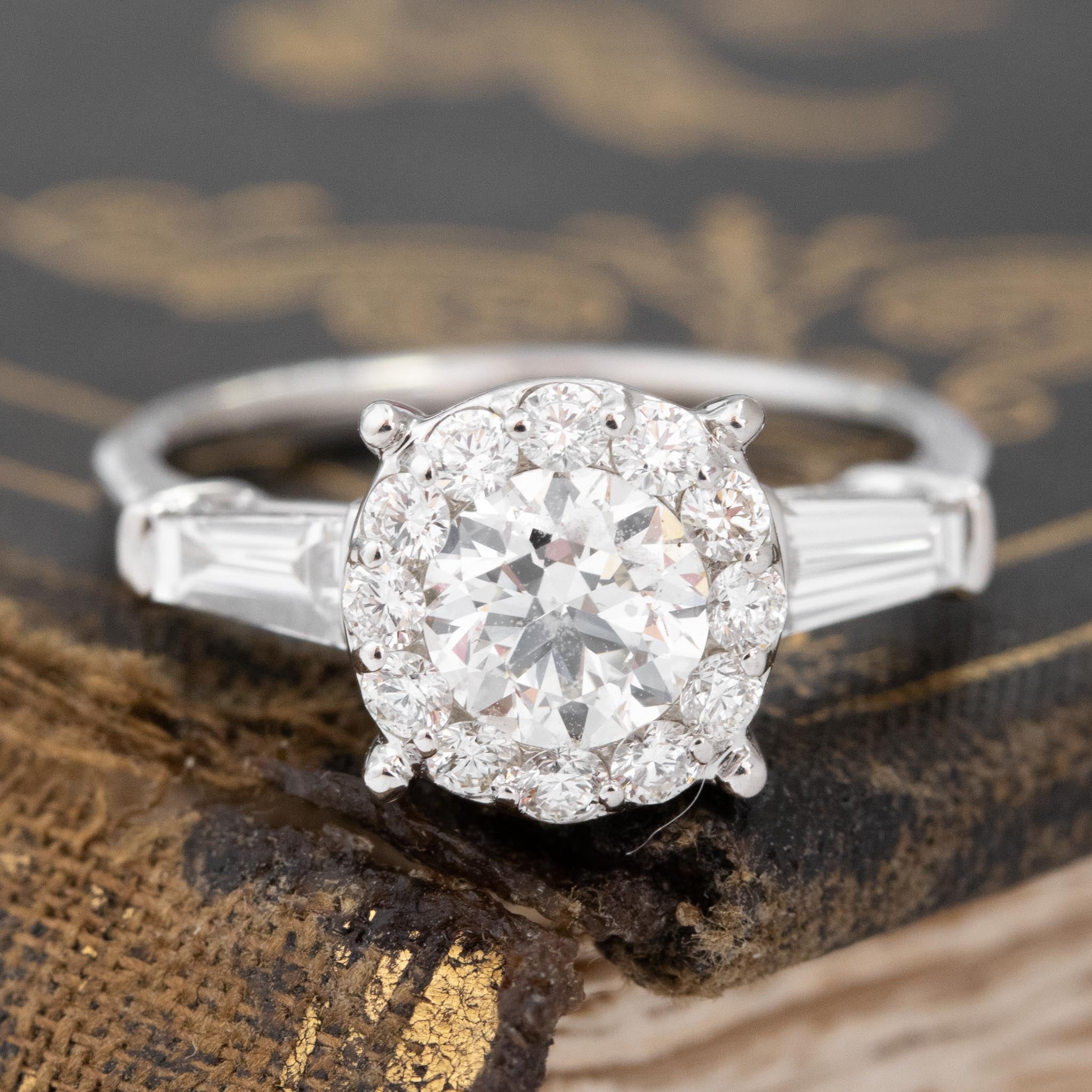
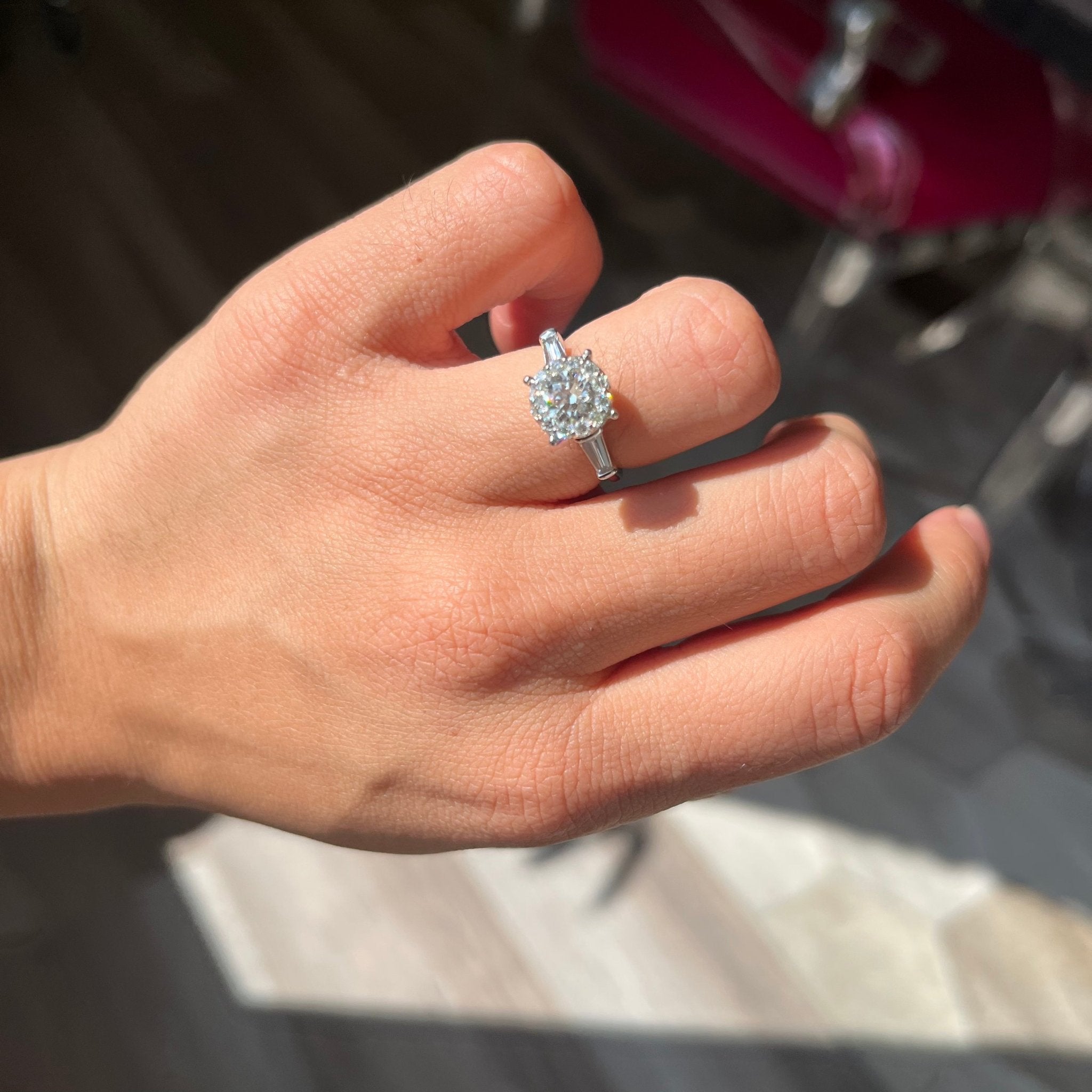
1.40ctw Transitional Cut Diamond Halo Ring
- Regular price
- $4,888.00 USD
- Sale price
- $4,888.00 USD
- Regular price
-
$5,200.00 USD
-
5.03ct Transitional Cut Diamond Ring | GIA N VS2 | 18kt Yellow Gold Antique-Inspired Solitaire
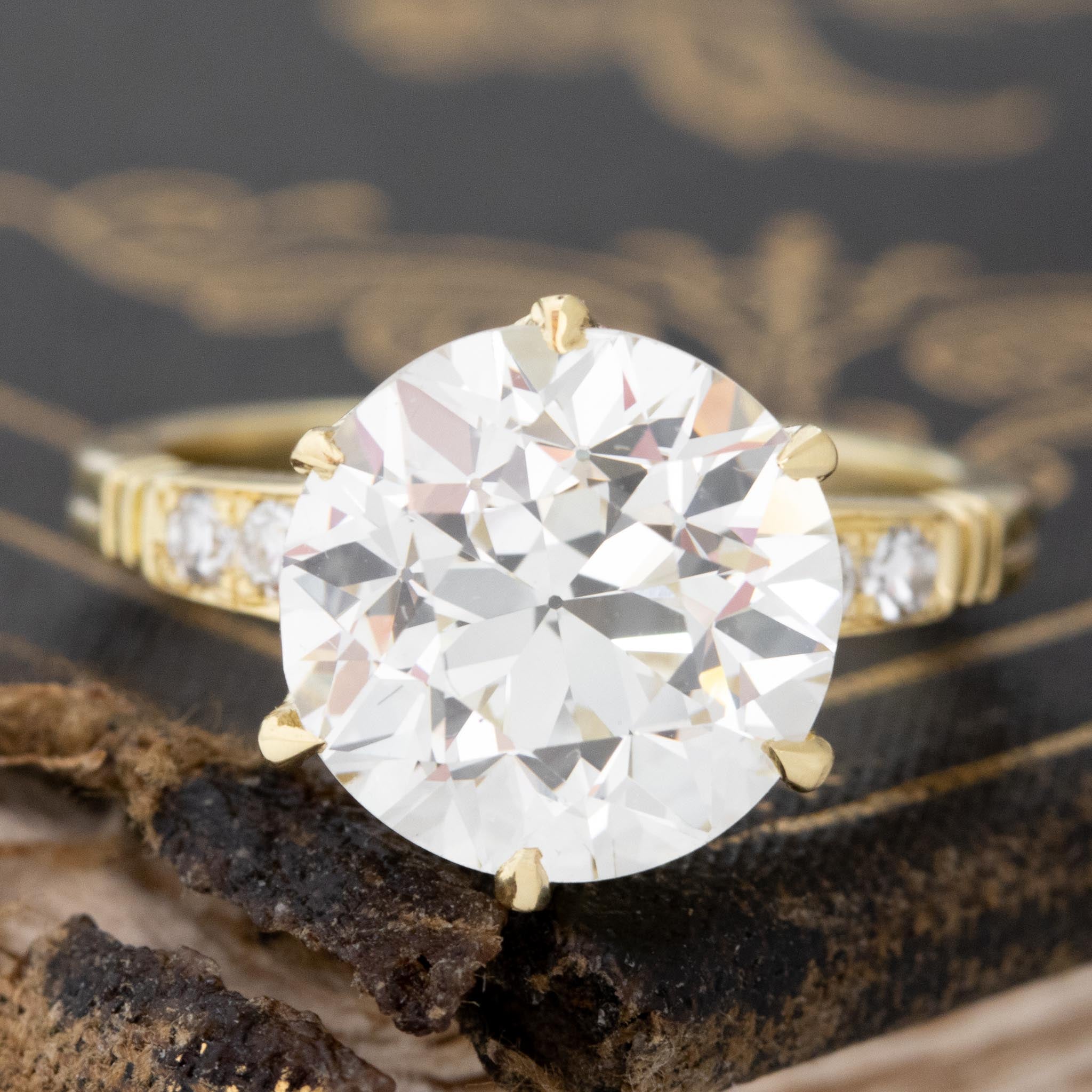
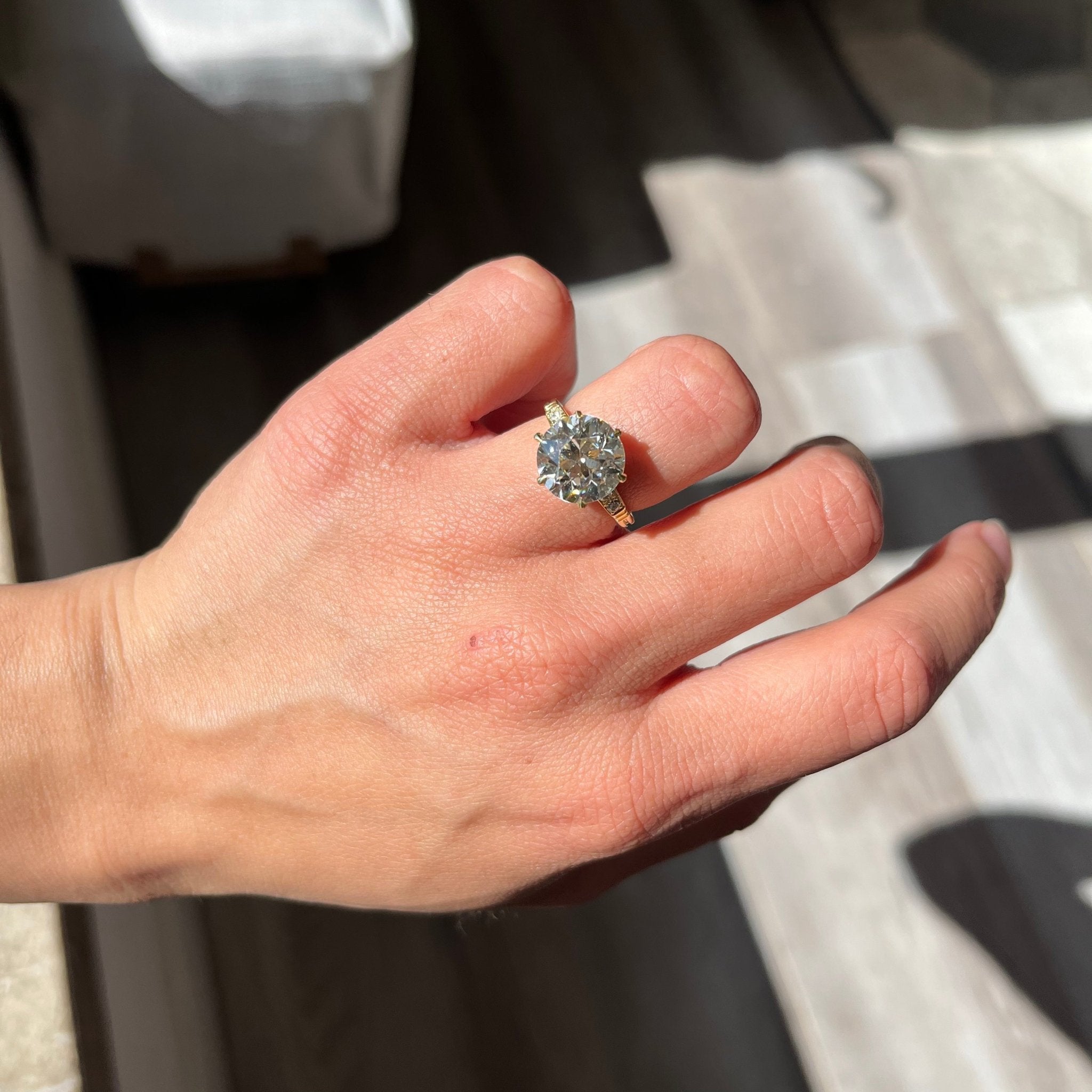
5.03ct Transitional Cut Diamond Ring | GIA N VS2 | 18kt Yellow Gold Antique-Inspired Solitaire
- Regular price
- $47,893.00 USD
- Sale price
- $47,893.00 USD
- Regular price
-
$50,950.00 USD
-
1.77ct Transitional Cut Diamond GIA J VS2
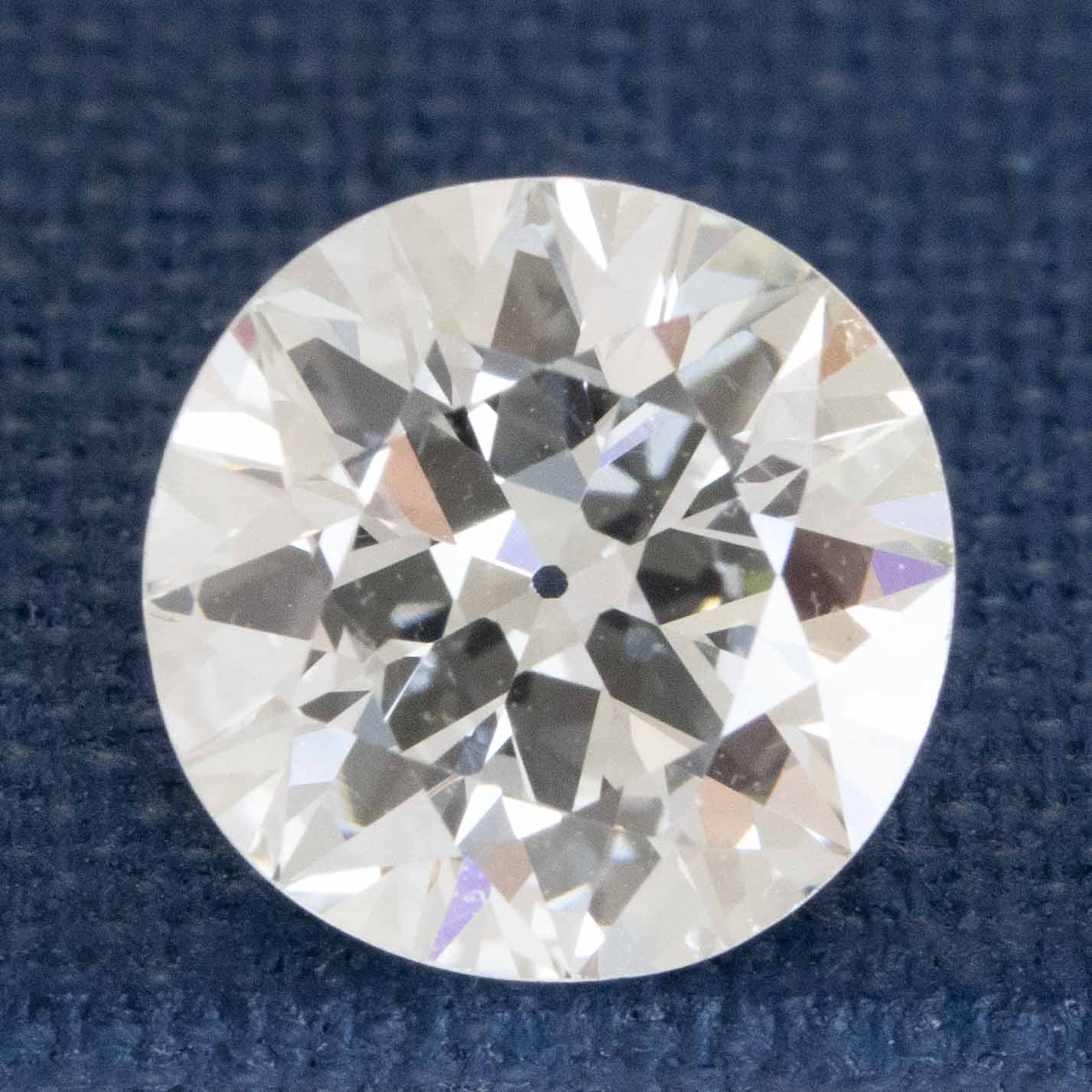
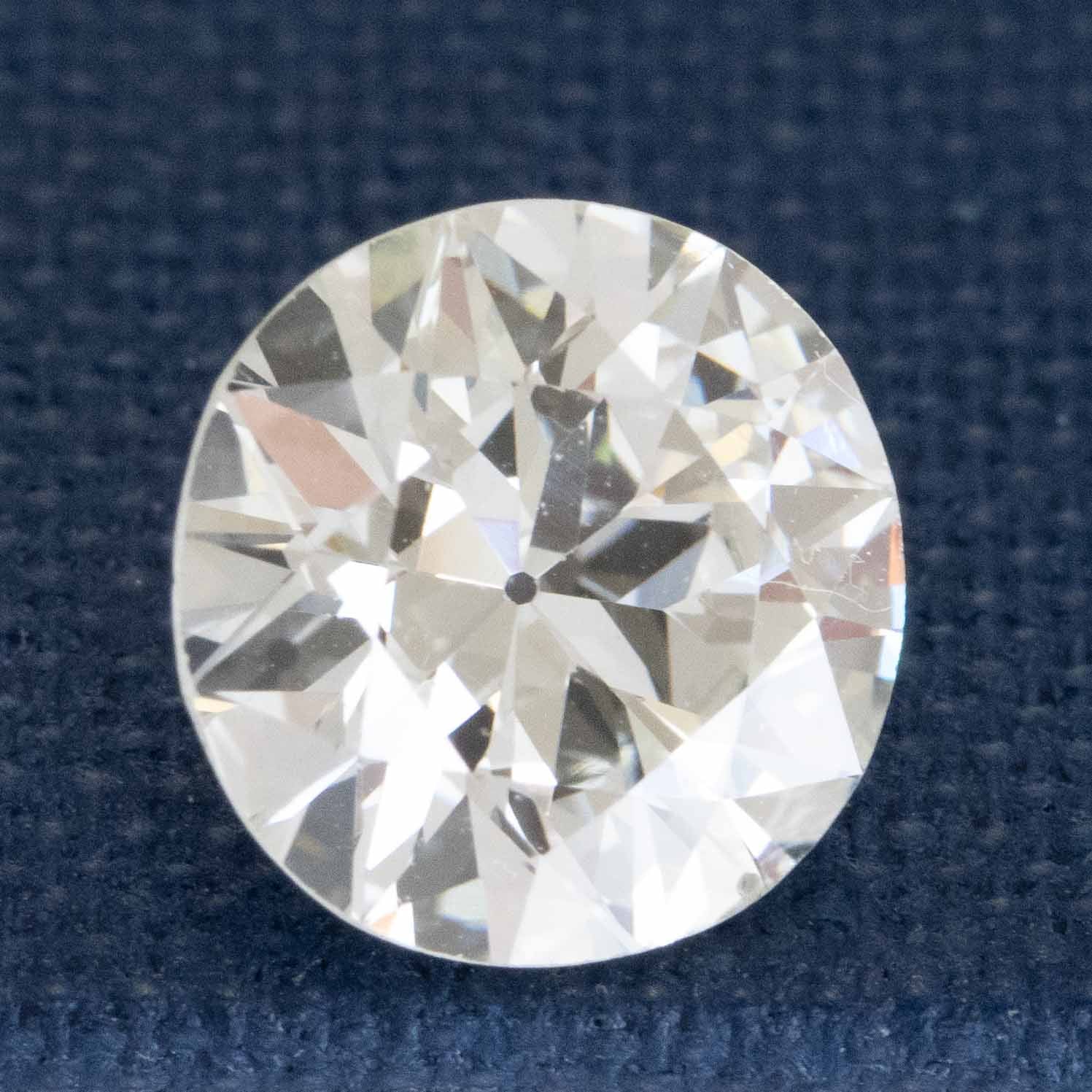
1.77ct Transitional Cut Diamond GIA J VS2
- Regular price
- $12,173.00 USD
- Sale price
- $12,173.00 USD
- Regular price
-
$12,950.00 USD
-
5.03ct Transitional Cut Diamond, GIA N VS2
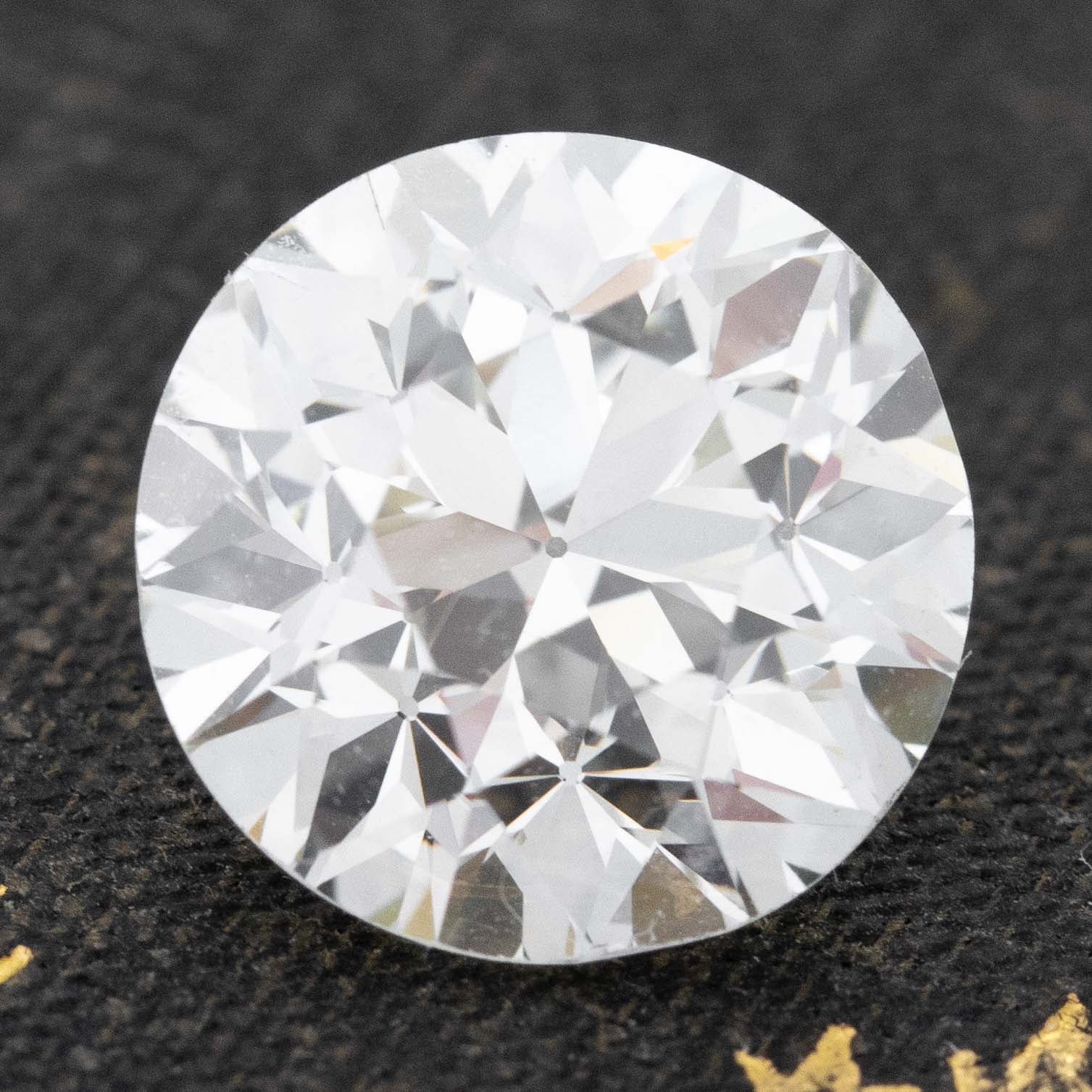
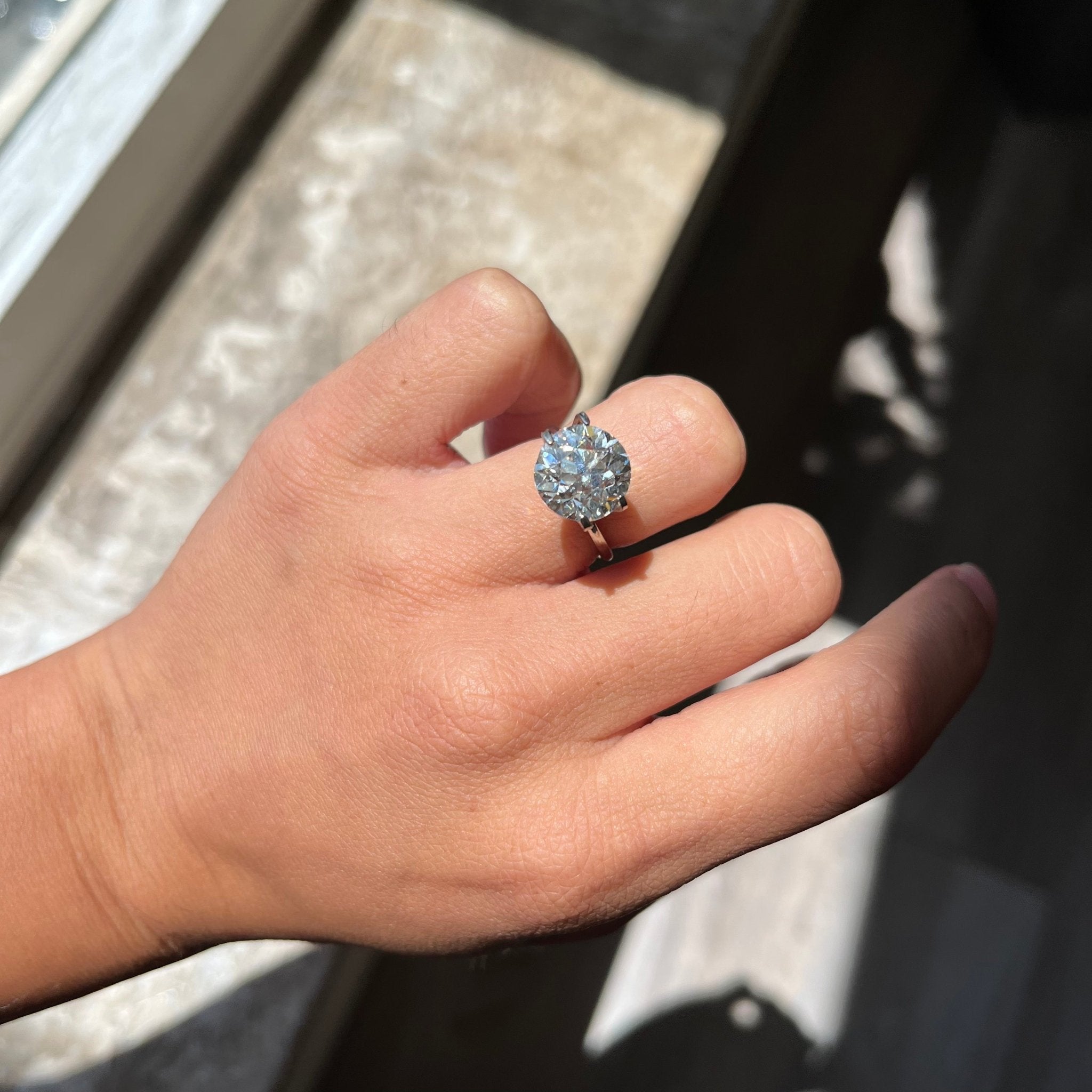
5.03ct Transitional Cut Diamond, GIA N VS2
- Regular price
- $46,530.00 USD
- Sale price
- $46,530.00 USD
- Regular price
-
$49,500.00 USD
-
4.08ct Transitional Cut Diamond, GIA M VS1
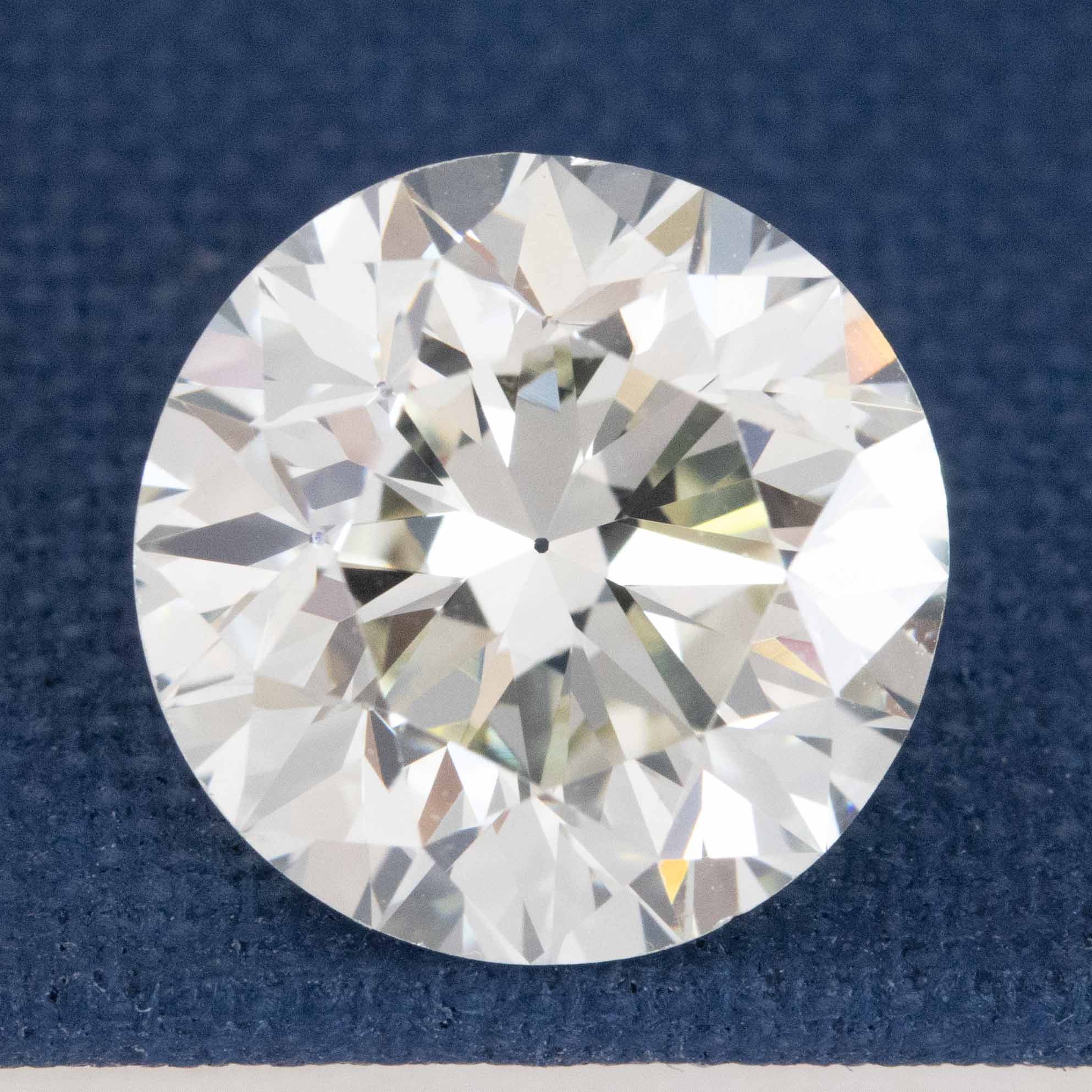
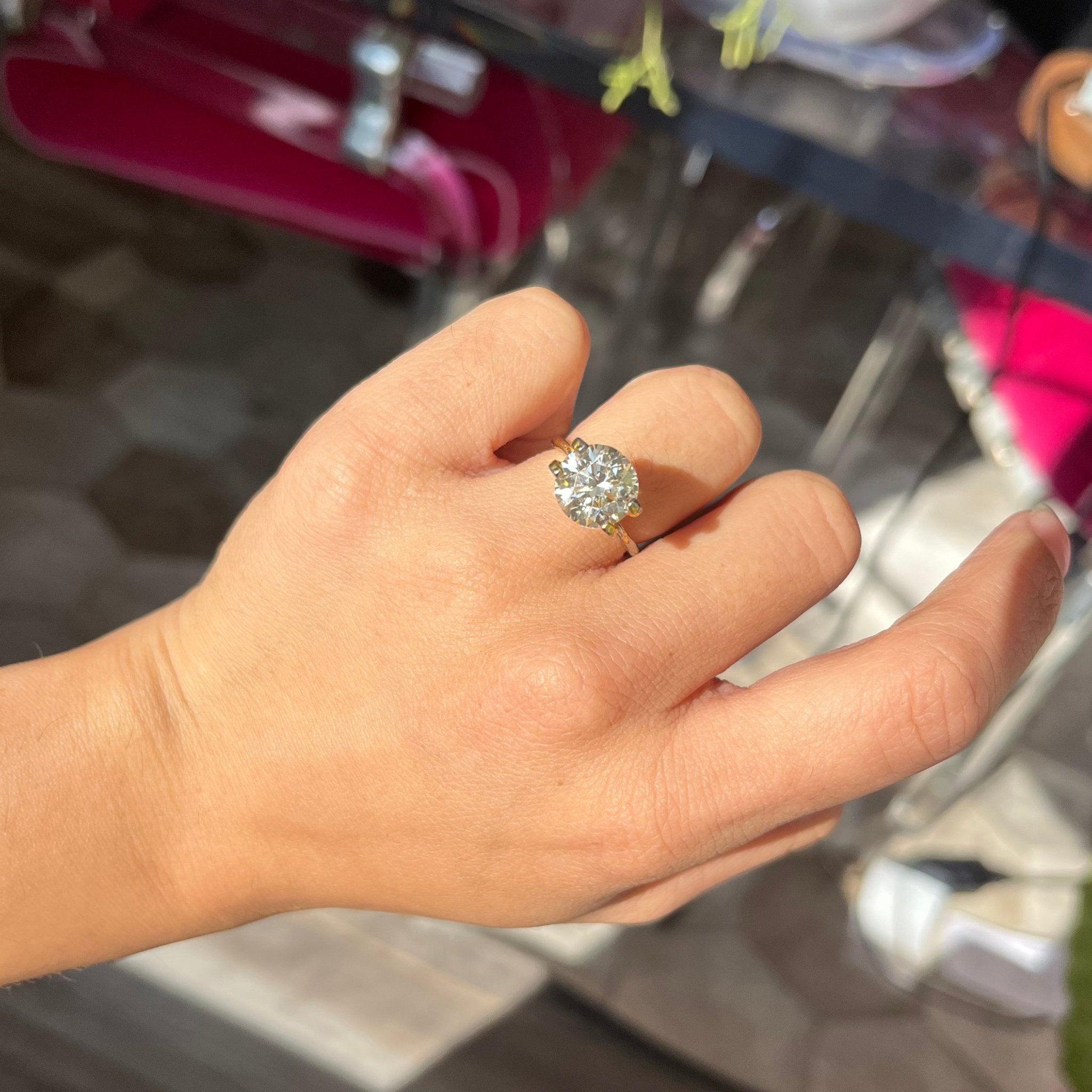
4.08ct Transitional Cut Diamond, GIA M VS1
- Regular price
- $37,365.00 USD
- Sale price
- $37,365.00 USD
- Regular price
-
$39,750.00 USD




















